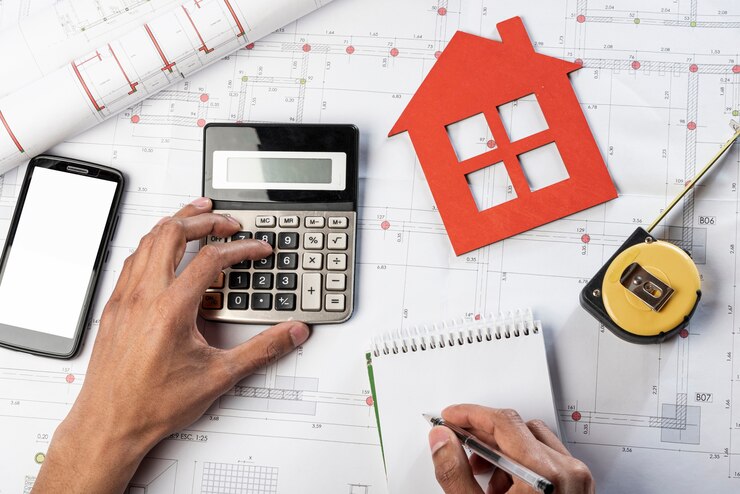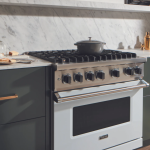When planning a home renovation, one of the most critical aspects is understanding the overall expense. Among homeowners, the most common question remains—how much does it cost to renovate a house per square foot? While the answer varies based on location, materials, labor, and scope, a general estimate helps guide budget decisions. Whether you’re upgrading a single room or the entire property, evaluating the renovation cost per square foot is essential for financial planning and project success.
What Influences Renovation Costs?
Several elements contribute to the total renovation cost. Size is a primary factor—the larger the space, the higher the cost. But beyond square footage, the type of renovation plays a major role. A kitchen remodel with high-end finishes will cost significantly more than repainting a living room. Materials, fixtures, appliances, labor rates, permits, and the home’s existing condition all impact pricing.
Location also matters. Renovation costs in urban areas tend to be higher due to increased labor charges and permit requirements. In contrast, suburban or rural areas may offer more affordable options, but availability of skilled contractors can be a limiting factor. The age of your home can introduce further challenges. Older homes often need electrical or plumbing upgrades, which add to the overall budget.
Average Cost Breakdown by Room
Different rooms have different cost profiles. Here’s a general overview of what homeowners can expect based on national averages:
- Kitchen: $150–$250 per square foot, depending on finishes, cabinetry, and appliances
- Bathroom: $120–$275 per square foot due to plumbing and waterproofing needs
- Living Room: $50–$100 per square foot for painting, flooring, and fixtures
- Bedroom: $40–$100 per square foot, depending on customization and built-ins
- Basement: $80–$150 per square foot for finishing or remodeling
While these figures offer a rough guide, it’s always smart to get multiple contractor quotes and compare detailed estimates.
Renovation Tiers: Basic, Mid-Range, and Luxury
Renovations are typically categorized into three tiers:
- Basic: $30–$60 per square foot. This includes cosmetic updates like painting, replacing flooring, or minor fixture changes.
- Mid-Range: $70–$150 per square foot. Includes cabinetry, countertops, lighting, and modest structural changes.
- Luxury: $200+ per square foot. High-end finishes, custom designs, smart technology integration, and full-scale reconfiguration.
Choosing the right tier depends on your goals. If you’re renovating to sell, mid-range updates offer the best ROI. But if it’s your forever home, investing in premium materials might make long-term sense.
Planning a Complete Home Renovation
Undertaking a complete home renovation involves significant planning. Beyond just budget, it requires coordination with contractors, designers, and city officials. Begin by listing your goals—are you focused on improving comfort, increasing resale value, or modernizing the design? Then, assess which rooms need attention and how the new layout will improve function.
Timeline is another crucial factor. A whole-house renovation can take anywhere from three to twelve months depending on complexity. During this time, you may need temporary accommodation, storage, or workarounds for daily living. Clear planning reduces surprises, delays, and budget overruns.
Hidden Costs to Watch For
Even with a detailed estimate, renovation projects often include unforeseen expenses. Hidden water damage, mold, structural issues, or outdated wiring can inflate costs quickly. That’s why experts recommend adding a 10–20% buffer to your budget. Other unexpected charges may come from:
- Permit applications and inspection fees
- Temporary living arrangements
- Utility upgrades
- Design or architectural consultations
- Custom order materials with long lead times
Keeping a contingency fund ensures you’re not caught off guard mid-project.
Financing Options for Renovation Projects
If your savings can’t cover the entire renovation cost, several financing options are available. Home equity loans and lines of credit (HELOCs) are popular because they typically offer lower interest rates. Personal loans and renovation-specific financing plans are also available, especially for smaller projects. Always compare terms, interest rates, and repayment schedules to choose what works best for your financial situation.

Tips for Reducing Renovation Costs
There are smart ways to save without sacrificing quality:
- Reuse or refurbish existing materials like cabinetry or flooring
- Shop seasonal sales or clearance items
- Handle minor tasks like painting or demolition yourself
- Choose cost-effective materials that offer durability and style
- Limit layout changes that require new plumbing or electrical work
Collaborate with a contractor who respects your budget and offers creative solutions. Good planning and open communication can help avoid costly changes during construction.
Conclusion
Understanding renovation cost per square foot allows you to make informed decisions when planning your remodel. Whether you’re focused on upgrading one area or tackling a full-scale transformation, knowing the average prices and hidden expenses helps avoid surprises. With careful planning, transparent budgeting, and the right professionals by your side, your renovation can enhance comfort, functionality, and long-term value—all while staying within your financial goals.




